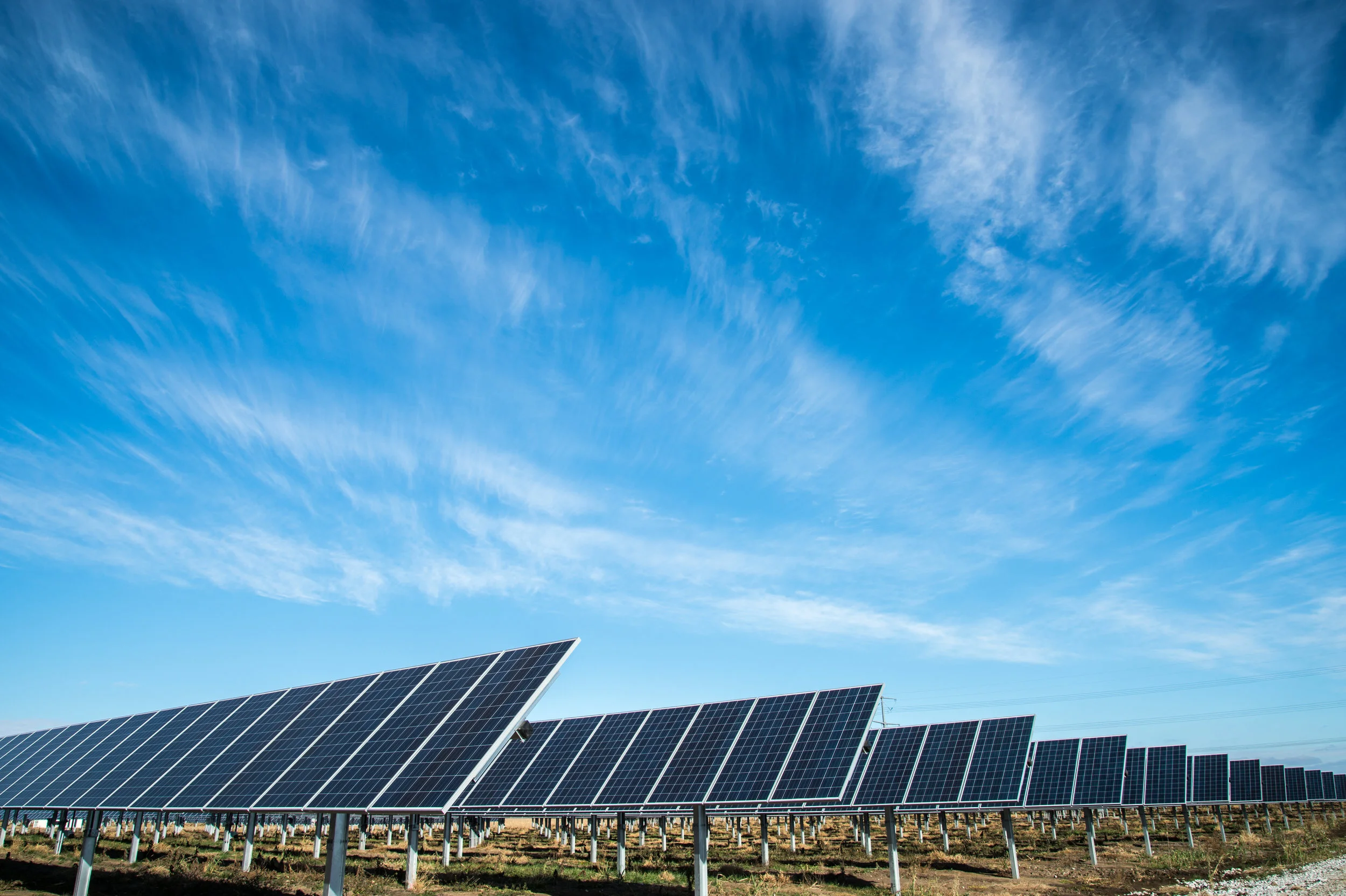Summary and Excerpts from CohnResnick Property Value Impact Study:
Scope: The attached study evaluates whether existing solar farms have had any measurable impact on the value of adjacent properties. The study includes research and analyses of eight existing solar facilities (in Michigan, Minnesota, Indiana, Illinois, North Carolina and Virginia) and the property value trends of the adjacent land uses, including agricultural, single family and residential properties.
Methodology: “The basic premise of this comparative analysis is that if there is any impact on the value of adjacent properties, by virtue of their proximity to a solar farm, it would be reflected by such factors as the range of sale prices, differences in unit sale prices, conditions of sale, and overall marketability.”
Results:
“With regard to their impact on nearby property values, our studies of facilities of various sizes demonstrate that there is no measurable and consistent difference in property values for properties adjacent to solar farms when compared to similar properties locationally removed from their influence.”
“We have also reviewed studies prepared by other real estate valuation experts that specifically analyzed the impact of solar facilities on nearby property values. These studies found little to no measurable and consistent difference in value between theTest Area Sales and the Control Area Sales attributed to the proximity to solar farms and are generally considered a compatible use.”
“Considering all of this information, we can conclude that since the property values of the Adjoining Property Sales (Test Area Sales) for the existing solar farms analyzed were not adversely affected by their proximity to solar farms, that properties surrounding other solar farms operating in compliance with all regulatory standards will similarly not be adversely affected, in either the short or long term.”
“We have also interviewed market participants, including County and Township Assessors (with solar facilities in their districts), to give us additional insight as to how the market evaluates farmland and single family homes located adjacent to solar farms. Local assessors have noted that there is no evidence of negative property value impacts due to proximity to a solar farm, and local brokers have noted that there has been no effect on pricing, marketing time, nor conditions of sale.”
(All excerpts are from p. 4 of the Executive Summary)
Other Resources:
North Carolina Clean Energy Technology Center at North Carolina State University published a study detailing health and safety impacts of solar photovoltaic technology. The scope of their study is broad and provides useful information affirming the safety of solar technology in areas such as hazardous materials and fire safety. Find the study here: https://nccleantech.ncsu.edu/wp-content/uploads/2018/10/Health-and-Safety-Impacts-of-Solar-Photovoltaics-2017_white-paper.pdf
RENEW Wisconsin, a local group that advocates for renewable energy development in Wisconsin, has developed useful information about large-scale solar energy like the Locomotive project. General information is available at www.renewwisconsin.org/solarfarms.
Wisconsin Conservative Energy Forum also advocates in the state for renewable energy as part of an “all of the above” energy policy that “embraces innovative clean and renewable energy solutions for the future” as part of an approach focused on “sound, free market clean energy polices”. Read more at https://www.wiscef.org/.
According to its most recent (2019) Levelized Cost of Energy Analysis, leading financial advisory and asset management firm Lazard has found that the price of energy from utility-scale solar photovoltaic facilities has dropped by 89 percent in the past nine years. See https://www.lazard.com/perspective/lcoe2019.
The U.S. Department of Energy’s Solar Energy Technologies Office has published a “Farmer's Guide to Going Solar” that includes good information about the compatibility of solar energy production and agriculture (although some of the information is designed to help with decisions about building a solar facility to power farm operations). See more at www.energy.gov/eere/solar/farmers-guide-going-solar.
Downloadable Materials:




